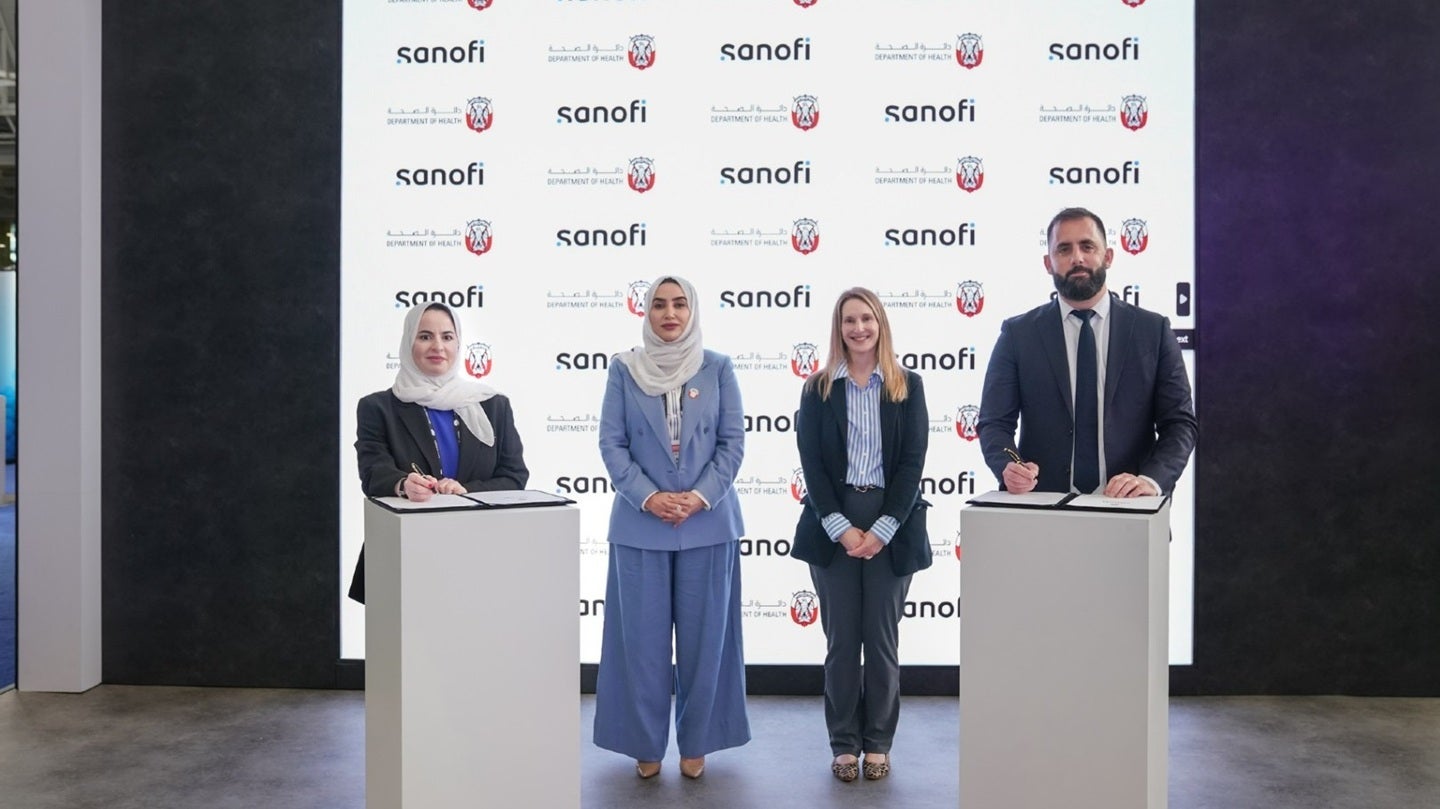Urban Trees Viewed More Negatively Post-COVID Lockdowns
In the wake of the COVID-19 pandemic, urban environments experienced profound transformations. Among these changes, the public’s interaction with green spaces particularly urban trees, has drawn increasing attention from environmental psychologists and urban planners alike. A recent study published in npj Urban Sustainability by Dade, Livesley, and Barona (2025) reveals a striking shift: people’s perceptions […]


In the wake of the COVID-19 pandemic, urban environments experienced profound transformations. Among these changes, the public’s interaction with green spaces particularly urban trees, has drawn increasing attention from environmental psychologists and urban planners alike. A recent study published in npj Urban Sustainability by Dade, Livesley, and Barona (2025) reveals a striking shift: people’s perceptions of urban trees became markedly more negative following the prolonged lockdown periods imposed to curb the spread of the virus. This unexpected finding calls for a deeper exploration into how societal disruptions can reshape environmental attitudes and raises important questions about urban nature’s role in post-pandemic recovery.
Urban trees have long been celebrated for their myriad benefits, ranging from improving air quality and lowering urban heat islands to enhancing aesthetic appeal and fostering mental well-being. Historically, urban forestry initiatives have enjoyed widespread public support, reflecting a general appreciation of the natural elements embedded within concrete landscapes. However, the COVID-19 lockdowns—unprecedented in scale and duration—altered humans’ daily rhythms and places of engagement, leading to a reevaluation of these green assets. Contrary to conventional wisdom anticipating increased appreciation of nature during times of crisis, Dade and colleagues’ findings suggest that experiences during lockdown have complicated this narrative.
The investigation employed a mixed-methods approach combining large-scale surveys and qualitative interviews across diverse metropolitan areas to capture nuanced shifts in perceptions. Their methodology incorporated repeated measures before, during, and after lockdown phases, ensuring longitudinal assessment of opinion dynamics. Importantly, the study controlled for confounding variables such as demographic factors and urban density, isolating the effect of pandemic-related social changes on attitudes toward urban vegetation.
.adsslot_fxWGZ41eBd{width:728px !important;height:90px !important;}
@media(max-width:1199px){ .adsslot_fxWGZ41eBd{width:468px !important;height:60px !important;}
}
@media(max-width:767px){ .adsslot_fxWGZ41eBd{width:320px !important;height:50px !important;}
}
ADVERTISEMENT
One key explanation for the declining positivity centers on the context-specific frustrations and restrictions associated with urban trees during lockdowns. For many city dwellers, green spaces, including tree-filled parks and street corridors, were among the few accessible outdoor areas. Despite this, various challenges emerged: overcrowding in limited green spaces, increased maintenance issues due to reduced municipal services, and in some cases, the deterioration of tree health caused by neglect or environmental stressors exacerbated by lockdown conditions. These factors collectively dampened people’s emotional responses toward urban arboreal environments.
Moreover, the social dynamics around these tree-lined spaces transformed. Urban trees often serve as loci for social interaction and community gathering. Lockdowns imposed stringent physical distancing measures and limited group activities, effectively stripping trees of their social utility. This loss of social functionality may have contributed to the perception of trees less as communal assets and more as passive, even burdensome, infrastructural features whose upkeep and presence became reminders of constrained mobility and social isolation.
Another surprising dimension unearthed by Dade et al. was the heightened sensitivity to the perceived risks associated with urban greenery. Amid fears of virus transmission, some individuals developed apprehensions about spending time near trees and foliage, suspecting them as potential vectors for contamination despite scientific consensus to the contrary. This fear-driven stigma toward natural elements further fueled negative attitudes, revealing how misinformation and psychological stressors can reshape environmental perceptions.
From an ecological standpoint, the research highlights how urban tree populations themselves were affected during lockdowns. Reduced human activity altered environmental conditions, sometimes benefiting wildlife that resides in tree canopies but simultaneously exposing trees to novel stresses. The interplay of these ecological changes with public perceptions underscores a complex feedback loop wherein human attitudes influence and are influenced by the changing urban ecosystem.
The authors emphasize the importance of integrating psychological and ecological perspectives for urban sustainability planning post-pandemic. Understanding why and how perceptions have grown more negative enables city managers and planners to design interventions that not only restore the health of urban trees but also rebuild communal connections to these natural assets. Possible strategies include enhanced maintenance programs, community engagement initiatives, and educational campaigns to counter fear and misinformation.
Furthermore, this study calls attention to a broader implication: the fragility of human-nature relationships in urban environments when subjected to social upheavals. Unlike wilderness or rural nature experiences, urban nature is deeply intertwined with social norms, infrastructure, and collective behaviors. Disruptions like COVID-19 lockdowns expose how changes in social fabric can quickly translate into altered environmental values, emphasizing the need for resilience not only in ecosystems but also in societal attitudes and behaviors.
Interestingly, the findings challenge assumptions made during the early months of the pandemic when increased visits to parks and green spaces worldwide suggested a rekindled appreciation for nature. Dade and colleagues provide a longitudinal perspective, revealing that initial surges in outdoor activity did not translate into sustained positive perceptions. In fact, the prolonged nature of restrictions and their socio-economic consequences seem to have eroded the goodwill previously associated with urban trees.
In light of these insights, mental health professionals and urban ecologists are urged to collaborate more closely. Green spaces and urban trees are posited as therapeutic landscapes that can support recovery from trauma and isolation caused by pandemics. Nonetheless, negative perceptions could undermine this potential, reducing public willingness to engage with nature or invest in its upkeep. Joint efforts to create healing environments that are both ecologically robust and psychologically welcoming are therefore crucial.
The implications extend to policy frameworks that govern urban forestry and green infrastructure funding. The setback in public perceptions may weaken political will or divert resources away from these programs. Thus, advocacy must be reinforced with evidence-based arguments showcasing how urban trees contribute to resilience against not only environmental challenges like climate change but also public health crises.
This research also prompts re-examination of urban design paradigms. Planners might need to rethink the spatial distribution and accessibility of green spaces to mitigate overcrowding and associated negative experiences during potential future lockdowns or similar disruptions. Incorporating flexible, dispersed green elements could maintain the benefits of urban trees while reducing the social tensions that arise when access is uneven or constricted.
In conclusion, the study by Dade, Livesley, and Barona sheds crucial light on the complex and sometimes counterintuitive ways in which global health crises affect human relationships with nature in urban settings. Their evidence reveals a pivotal challenge: as cities recover from COVID-19, rekindling positive perceptions of urban trees will demand deliberate, multidisciplinary efforts spanning ecology, public health, urban planning, and social engagement. Future research building upon these findings can further unravel the psychological mechanisms at play and develop targeted interventions to foster enduring bonds between urban residents and their natural surroundings.
The ramifications of this study resonate beyond immediate pandemic contexts, signaling a need to safeguard urban nature’s social and ecological value amid any future societal disturbances. Urban trees, once emblematic of refuge and renewal, must be nurtured not only as living organisms but as pivotal components of communal identity and resilience in an ever-changing world.
Subject of Research: Public perceptions of urban trees and their changes following COVID-19 lockdowns.
Article Title: People’s perceptions of urban trees are more negative after COVID-19 lockdowns.
Article References:
Dade, M.C., Livesley, S.J. & Barona, C.O. People’s perceptions of urban trees are more negative after COVID-19 lockdowns. npj Urban Sustain 5, 42 (2025). https://doi.org/10.1038/s42949-025-00230-y
Image Credits: AI Generated
Tags: air quality improvements from urban treeschanging perceptions of urban environmentsCOVID-19 effects on nature appreciationenvironmental psychology and urban planningimpact of lockdowns on green spacesmental well-being and urban greenerynegative attitudes towards urban naturepost-pandemic recovery and nature interactionsocietal disruptions and environmental attitudesurban forestry initiatives and public supporturban heat islands and tree benefitsurban trees perception post-COVID
What's Your Reaction?

































